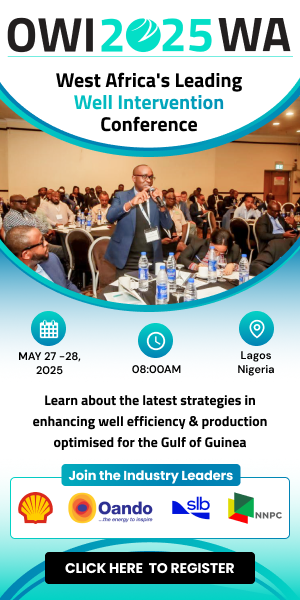A solar-powered modular housing design for refugees, developed by a young Nigerian, has scooped a prestigious prize from the Swarovski Foundation and the United Nations
Blossom Eromsele, 23, developed the AllSpace Modular Home, a low-cost, solar-powered housing solution designed for refugee camps, that takes its inspiration from traditional African huts.
The structures are made from recycled materials, providing a sustainable and scalable alternative for displaced communities.
The winners of the Creatives for Our Future programme, championed by the Swarovski Foundation in collaboration with the United Nations Office for Partnerships, each receive a grant, along with tailored mentorship, educational support, and access to an influential global network.
All winning projects, spanning four continents, tackle pressing social and environmental challenges — from sustainable refugee housing to bio-integrated architecture and regenerative textile production.
“The Creatives for Our Future programme is an incredible platform for young innovators like myself to drive meaningful change,” said Eromsele.
“With the support of the Swarovski Foundation, I hope to expand AllSpace to more communities and ensure that displaced families have access to safe housing with vital resources while addressing environmental challenges. As we work with other communities, we will adapt our designs to meet their specific needs and cultural norms and requirements.”
Nigeria is facing a refugee crisis, with over 3.2 million people internally displaced due to ongoing conflicts in the country’s north-east, extreme weather events and rapid urbanisation.
Many existing refugee camps lack basic essentials like sanitation, reliable energy, or robustly-constructed shelters that do not offer privacy.
In response, the Nigerian-born architect and designer felt compelled to help, with her low-cost and sustainable modular housing solution.
Made from recycled materials and powered by solar energy, the homes respect and reflect local architectural heritage, fostering a sense of familiarity and belonging for displaced communities, according to Eromsele.
After winner the award, she plans to test and refine prototypes in a refugee camp, developing materials for different environments and terrains.
The AllSpace units include a solar-powered lighting system made from reused e-waste and plastic bottles developed by Stanley Anigbogu, a member of the 2024 Creatives for Our Future cohort.
Eromsele’s work in sustainable architecture has earned her further international recognition, including the Young Global Changer Award and selection as a Young Climate Prize Fellow.
“Each year, I am inspired by the remarkable creativity and vision of these young innovators,” said Jakhya Rahman-Corey, director of the Swarovski Foundation.
“Their groundbreaking solutions demonstrate the transformative power of creativity in tackling global challenges. Through the Creatives for Our Future programme, we are committed to nurturing the next generation of talent, providing them with the tools, education and support needed to turn their ideas into impactful solutions.”
Read more:
IFC and Standard Bank drive green housing in Africa
Smart building solutions transform eastern Africa
IFC funding to support affordable housing construction in Kenya





















